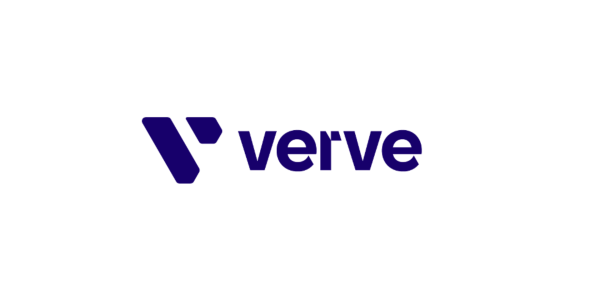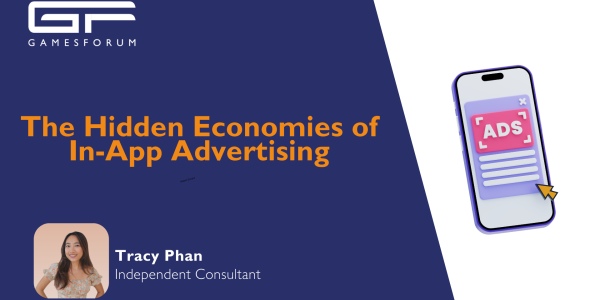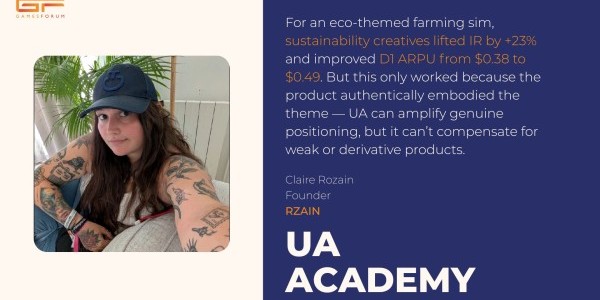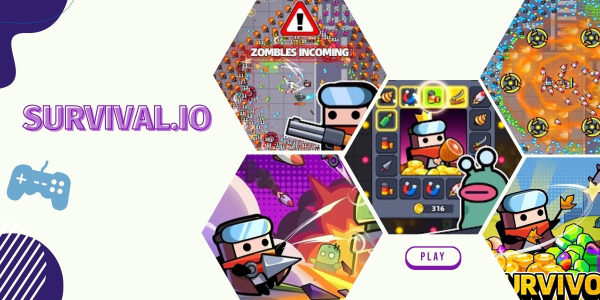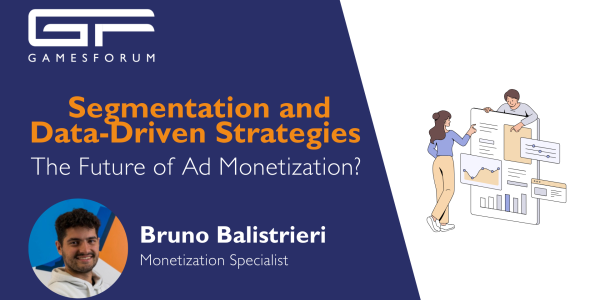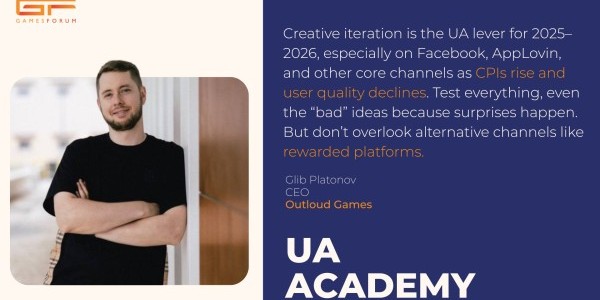Balancing Ads, IAP, and Retention: Nekki’s Monetization Strategy for 1B+ Players
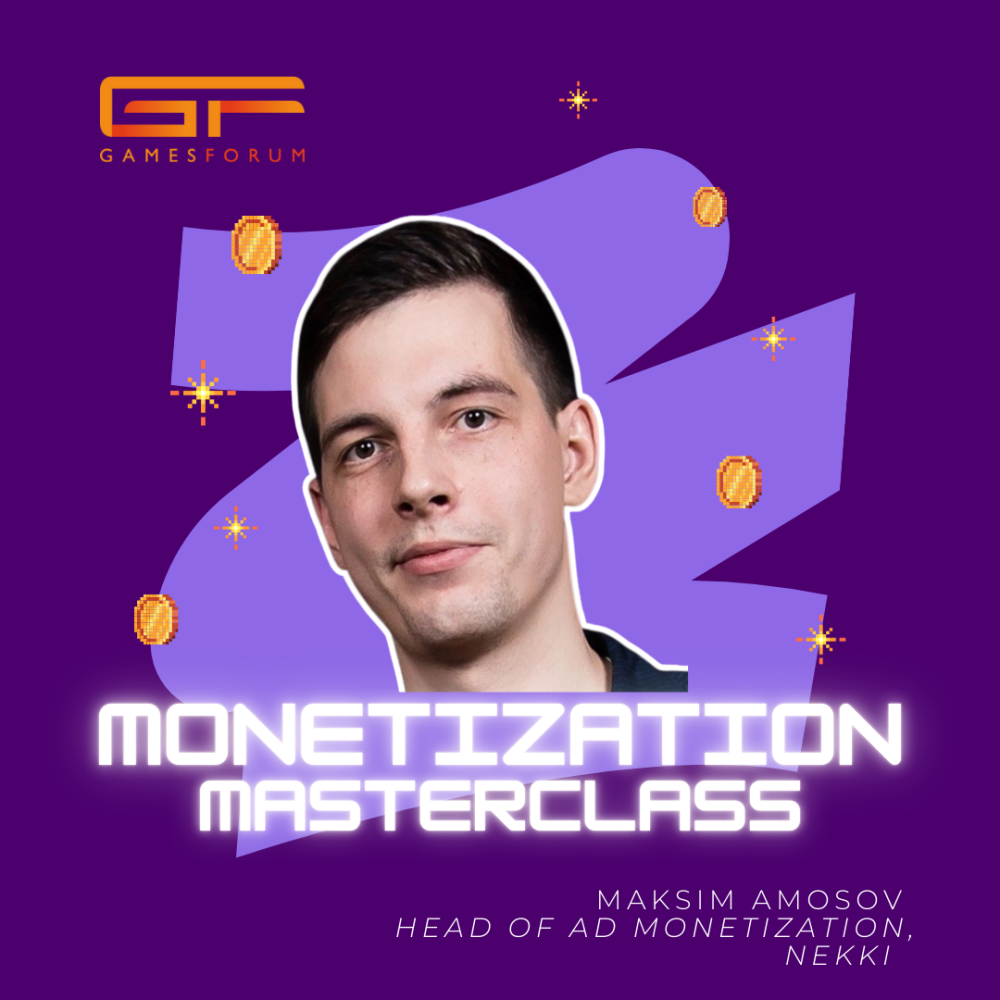
Maksim Amosov, Head of Monetization at Nekki, has spent nearly five years shaping how blockbuster titles like Shadow Fight and Vector balance ads, IAP, and player experience across a massive 1B+ user base. In this conversation, he opens up about turning tutorial drop-offs into retention drivers, setting the right ceiling for ad exposure, and designing fair monetization systems that avoid “pay-to-win” perceptions.
What onboarding frictions have you recently removed or added, and which early-funnel metrics moved most as a result?
We identified a major drop-off after the tutorial caused by large bundle downloads — a necessary step due to the game’s scale and matchmaking requirements, which we could not significantly shrink or move fully to background.
To address this, we redesigned the loading flow:
- Progress Visualization: Split the download bar into clear milestones to give players a stronger sense of progress.
- Engagement Layer: Enriched the background information with deeper, more interesting lore to keep players entertained during the wait.
- Milestone Rewards: Added small rewards at each milestone to reinforce progression and create positive anticipation.
As a result, we saw a notable increase in full bundle completion rates and a positive uplift in Day-1 retention, proving that even when the wait is unavoidable, the perceived value and engagement can turn it into a retention driver rather than a drop-off point.
How do you set the ceiling for ad exposure in Shadow Fight before it cannibalises IAP LTV, and what tests led you to exclude interstitials/banners?
We determine the ad exposure ceiling based on the project’s economy, its “capacity,” and the composition of the audience. A key principle for us is separating the value streams: items that are sold through IAP are not duplicated in ad rewards. This ensures that ads complement monetization rather than replace it. As a result, ad views add value for the player, increase engagement, and do not cannibalize direct purchases.
When it comes to formats, interstitials and banners can be a decent revenue source, but they come with a cost — they negatively affect user perception and tend to frustrate premium players. In projects with strong IAP-driven monetization, we prefer to remove them to protect the experience for our paying audience.
In hybrid projects, we take a more flexible approach: we run A/B tests by region and cohort. If interstitials reduce retention or payer conversion, we turn them off. If their impact on metrics is neutral and revenue is significant, we keep them active. This data-driven approach allows us to finely tune ad load and maximize overall LTV.
In Shadow Fight 4: Arena, how do you monetize progression and cosmetics without “pay-to-win” perceptions, and which safeguards proved essential?
Shadow Fight 4: Arena was designed from day one as a fair, skill-based PvP experience where victory depends on player mastery rather than wallet size.
We monetize primarily by selling time savings for hero progression — players can either invest time to unlock and level up characters or pay to speed up the process. This “time-vs-money” trade-off is an established and widely accepted model in the industry.
Crucially, because the game is highly skill-driven, spending money alone won’t make you win — you still have to know how to play the hero. This preserves the sense of fairness and keeps the experience competitive.
Cosmetics, meanwhile, have minimal power impact and remain accessible even for non-paying players, functioning mainly as a means of self-expression rather than pay-gating progression.
For Shadow Fight 2, which long-tail monetization levers (pricing refresh, bundles, economy tuning, vault rotations) most improved payer reactivation?
In Shadow Fight 2, one of the key drivers for payer reactivation was tightening the LiveOps cycle and increasing event frequency. We started running more events and updates, giving players regular reasons to come back to the game.
Another important step was refreshing the offer system by introducing daily offers focused on customization items. This created a steady stream of fresh, desirable content and encouraged purchases — especially in the first sessions after players returned.
We also put strong emphasis on raising the quality of customization content, releasing more detailed and visually appealing skins. The community responded positively, which boosted engagement and motivated players to return to collect new items.
As a result, we observed a clear uplift in both reactivation rates and repeat purchase metrics: players came back more often, stayed longer, and participated more actively in events.
With 1B+ users, how does scale shape regional pricing, segmentation, and live-ops? Which regional insight surprised you most?
Scale definitely changes how we approach monetization. With a very large player base, a one-size-fits-all pricing strategy simply stops working — purchasing power, culture, and expectations vary too much.
We build multi-layered regional segmentation by:
- Adjusting prices and offer contents to local economies.
- Factoring in which modes and events are most popular in each region.
- Testing live-ops schedules to match local peak activity times.
One key insight: local holidays are critical. If you ignore them and skip running relevant events, you see a clear drop in DAU and revenue — because players migrate to other games that do celebrate those occasions. Localized events are not just nice-to-have, they are a must-have for competitive performance.
Across Shades, Vector, and Ninja Party, how does genre/session design shift the ad vs. IAP mix? Can you share a trade-off case between ad ARPDAU and payer conversion?
Genre and session design directly shape the balance between ads and IAP.
- Vector and Ninja Party (casual): Multiple short sessions per day, ads play a major role, rewarded videos placed at natural breaks. Ad ARPDAU can match or even exceed IAP share.
- Shades (midcore): Deep progression, focus on IAP. Ads are kept light and positioned as added value rather than a primary revenue driver.
Trade-off example (Vector):
We reworked the event system, which allowed us to increase rewarded-video placements and significantly boost ad ARPDAU. At the same time, we improved the subscription by adding ad removal as a benefit — giving paying users a clear reason to convert.
This combination not only raised ad revenue but also drove higher payer conversion.
Principle: Avoid conflict between ads and IAP. Both are forms of payment — one with cash, one with time — and when you give each user segment meaningful value for their choice, you can grow both ad ARPDAU and direct payer conversion at the same time.
What signals tell you to slow down live-ops offers, and when have you removed a successful sale mechanic to protect long-term LTV?
We always look at monetization through the lens of different player segments — understanding who pays for what is critical. The key is to avoid hitting the same group week after week, as this quickly devalues offers and reduces their willingness to spend.
Whale audiences are particularly sensitive to overexposure: if several events in a row target only them, you risk burning them out and missing revenue from other cohorts.
To prevent this, we rotate our target segments:
- If a major release is coming that matters most to whales (for example, a new hero drop), we spend the 1–2 weeks prior running interim content and offers aimed at other groups.
- In parallel, we launch “draining” mechanics — discounts and high-value bundles for whales and early payers — to capture spend ahead of the big release.
This keeps the economy healthy, avoids whale fatigue, and preserves long-term LTV without devaluing the key content.
How are you planning for platform/engine pricing shifts, scenario LTV models, margin floors, or tech diversification, to protect unit economics?
We’ve already gone through major shifts — for example, moving from MLN to coefficient-based models — and we fully expect platform costs to keep rising over time.
To protect unit economics, we:
- Maintain scenario-based LTV models (base, stress, and optimistic cases) to see how cost increases affect margins and stay above our minimum thresholds.
- Define clear margin floors and trigger points, so we know when to adjust ARPPU, pricing, or ad load before the business becomes unsustainable.
- Invest in new technology stacks, including AI-driven tools, to offset rising costs by reducing content production, analytics, and live-ops overhead.
- Continuously experiment with new tools and platforms to stay flexible if major pricing or policy changes occur.
This approach allows us to proactively adapt and keep project economics healthy, even as platform and engine costs increase.

